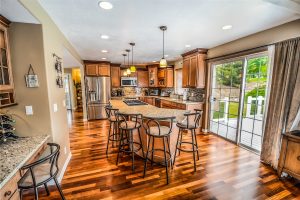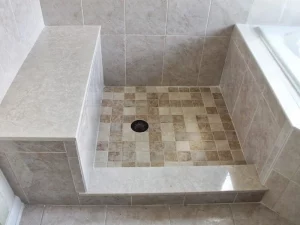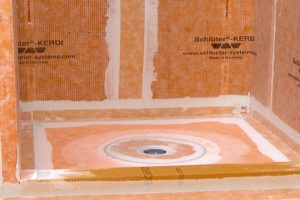What is the Difference Between Block & Steel Construction
Home construction has come a long way with new techniques and materials being used to build homes. In this article, we will discuss the difference between concrete block construction and steel framing construction. Steel framing is relatively new to residential home building and has become very popular in recent years. The difference between these two types of construction is that instead of using wood studs to make up the wall, you use metal studs in a steel-framed building.
One of the pros of steel framing is that it is less expensive to frame a building with steel than with wood. However, there are some important things to consider when building with steel. The first thing to understand is that there is a lot of empty space in a metal frame structure, so it needs to be insulated very well. Steel is a good conductor and allows heat or cold to transfer through the metal studs, so insulation on the outside of the metal studs is crucial to prevent heat or cold from entering the building.
Another con of steel framing is that metal studs are a good conductor, which can lead to condensation and water problems inside the walls if not properly insulated. If the metal frame structure is not wrapped in some sort of insulation, there is a risk of metal studs sweating inside the walls, which is a result of condensation. This could lead to water problems and damage to the wall.
The normal limitations of a frame structure also apply to metal frame structures. Block construction has a thicker wall and more rigidity, which makes it stronger and less prone to bending. Metal, on the other hand, bends easily, so it is better for earthquakes or high winds. However, the things that you put on the metal, such as coverings, are not made to move, so you might see cracking on the outside of the building.
In conclusion, steel framing is a great option for residential home building, but it is important to consider the pros and cons before making a decision. Steel framing is less expensive than wood framing and is better for earthquakes or high winds, but it needs to be properly insulated to prevent condensation and water problems inside the walls. Additionally, you need to be smart about the type of coverings you use on the building to prevent cracking on the outside of the building. Ultimately, it is up to the homeowner to weigh the pros and cons and decide which type of construction is best for their needs.

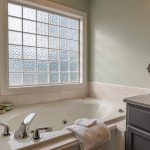 Previous Post
Previous Post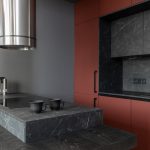 Next Post
Next Post
